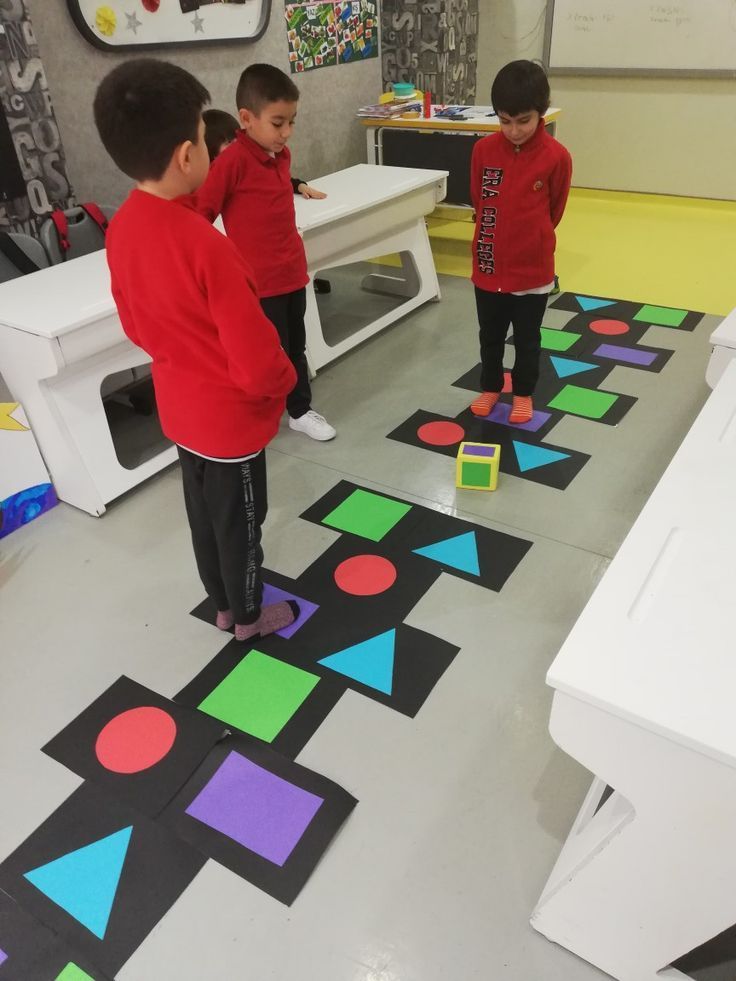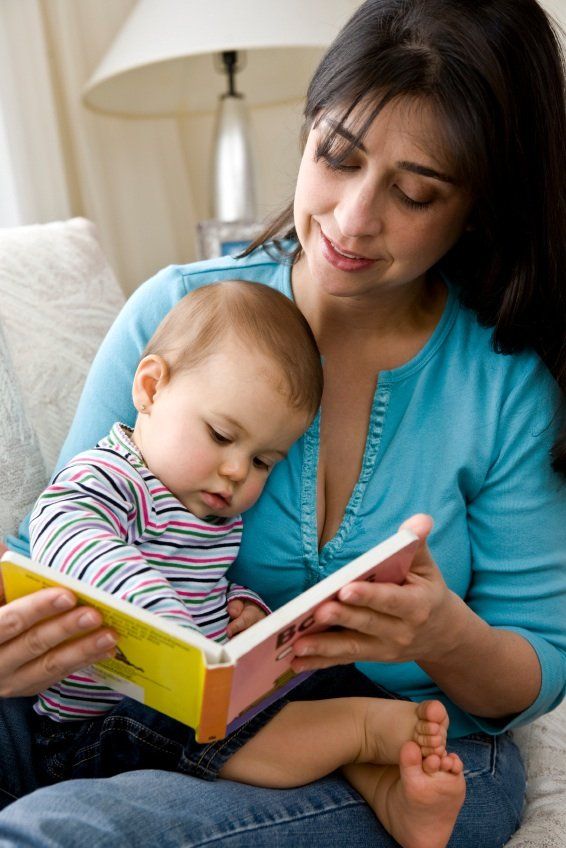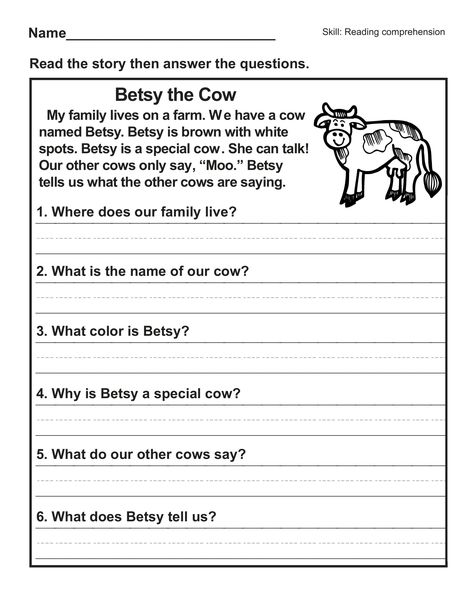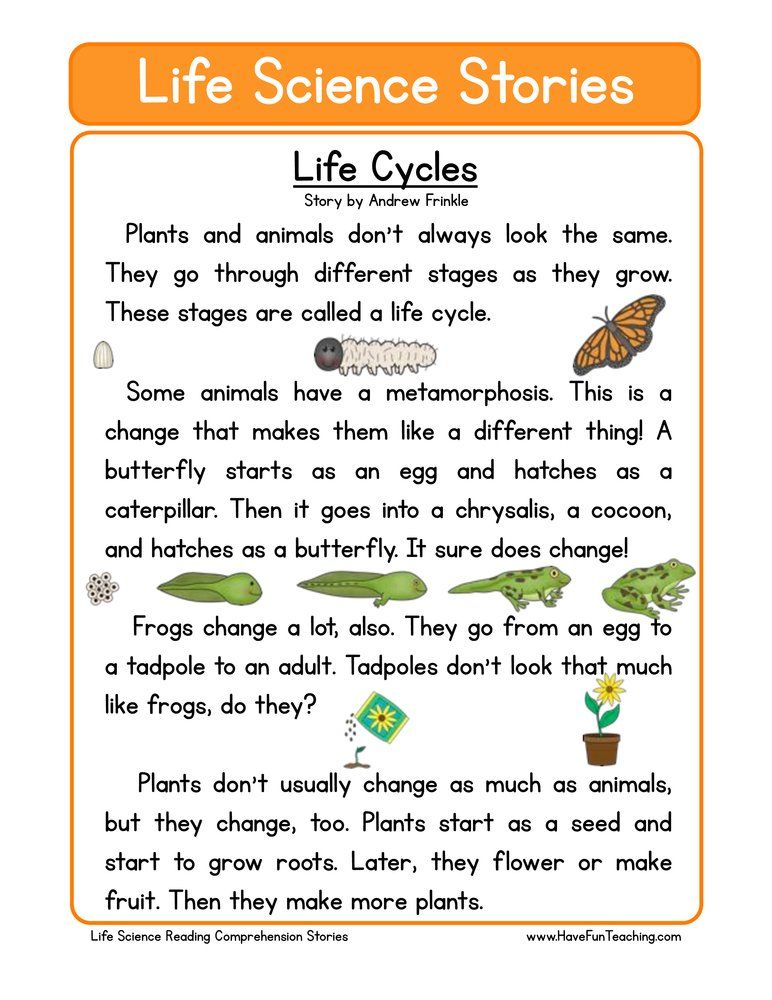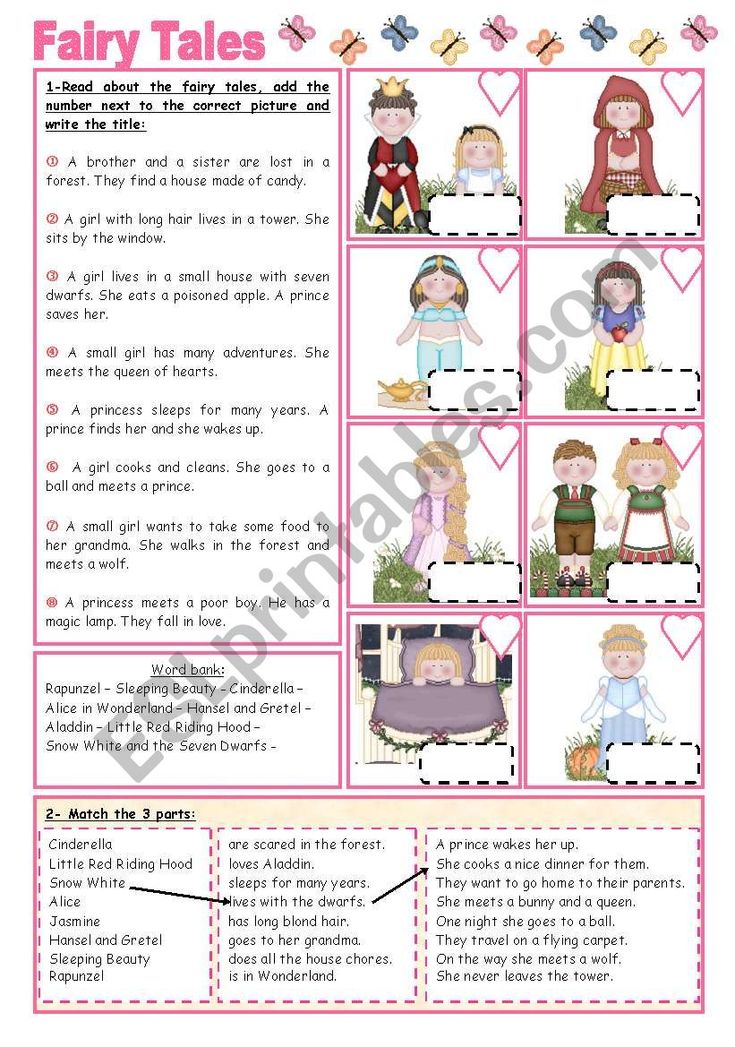Social activity for toddlers
17+ Easy Social Activities For Toddlers And Preschoolers
Social skills for preschoolers and toddlers are critical to their happiness and well-being. As essential tools children use to interact, communicate, and build relationships, social and emotional skills also play an important role in a child's development. We have compiled 17+ social-emotional development activities for toddlers and preschoolers.
Play And Social Development
There is an incredible link between play and social development. As it turns out, all types of play are valuable to the social and emotional development in early childhood, including block play. Through block play, children build skills not only in social-emotional, but also the physical, language, and cognitive development domains. Read our detailed post on the benefits of block play.
Kids love to play! Therefore, what better way to build their skills than to provide fun and interactive social skills activities for preschoolers and toddlers. Explore this post on "What Are Social Skills? & Why Are Social Skills Important?" for a deep dive into social and emotional development in early childhood.
Like little sponges, children learn best with hands-on activities. Additionally, through engagement and modeling, you demonstrate socially acceptable behavior. Kids need free time to play and develop their imagination and creativity. Be flexible. Start with a plan, but let your children lead the way. Let them be imaginative!
At first, keep things simple. As their skills develop, you can add more complex activities. Such as, adding a twist to a classic game like Simon Says. Turn routine play into enhanced experiences and keep it fun and interactive!
Let's look at some simple social-emotional activities for toddlers and preschoolers you can incorporate into your child's daily play.
Ideas For Social Skills Activities For Preschoolers And Toddlers
Use Visuals
- Posters
- Charts
Read Books
Read one of these on good manners:
- Thank You and Good Night by Jon Gordon
- Richard Scarry's Please and Thank You Book by Richard Scarry
- Do Unto Otters: A Book About Manners by Laurie Keller
- My Mouth Is a Volcano! by Julia Cook
- Penguin Says "Please" by Michael Dahl
Sing Songs
Songs work wonders for kids.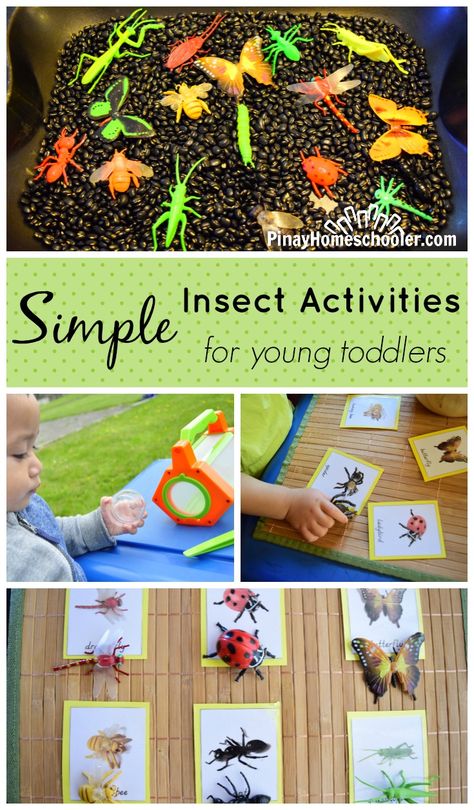 They love to sing and remember things so much better when put to music. It also works as a fun and gentle reminder; when your child begins to use bad manners, you can start singing the song.
They love to sing and remember things so much better when put to music. It also works as a fun and gentle reminder; when your child begins to use bad manners, you can start singing the song.
Sample one of these Good Manners Songs from The Child Care Lounge.
- Manners (Tune: I'm a Little Teapot)
- When You're Talking to a Friend (Tune: If You're Happy and You Know It)
- Good Manners (Tune: Twinkle, Twinkle Little Star)
Or this one from Let's Play Music .
Finally, try a classic like, "Your Happy And You Know It"
Play Games
Playing games together, whether board, card, or outdoor games, encourages following directions and taking turns. Children have to learn how to play fairly by the rules. Additionally, it provides opportunities to handle winning and losing like a "good sport.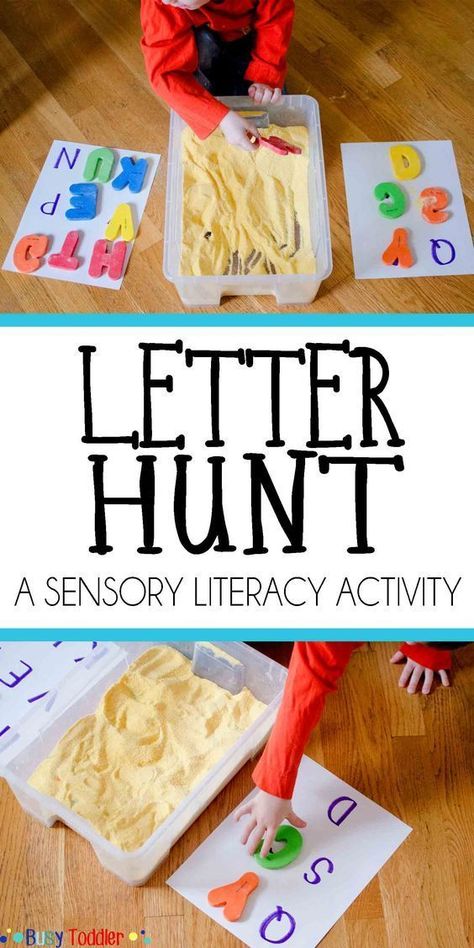 " Practice taking turns with your child by saying "my turn" and "your turn." Most important, focus on having fun while playing together.
" Practice taking turns with your child by saying "my turn" and "your turn." Most important, focus on having fun while playing together.
Role Play
Create a list of things to say and then "role play". For example,
- How to introduce themselves, i.e., "Hello, my name is…"
- How to join in playing with others, i.e., "May I play too?"
- How to nicely negotiate with others, i.e., No, thank you, I do not want the blue car. May I have the red truck, please?"
Social and Emotional Learning Skills
We will look at communication skills and some social-emotional development activities for toddlers and preschoolers to build effective communication.
Communication
Effective communication is one of life's most essential skills. Children need to be able to understand and express their emotions while also recognizing the feelings of others'. The need for positive interactions and connections with others is vital to our well-being.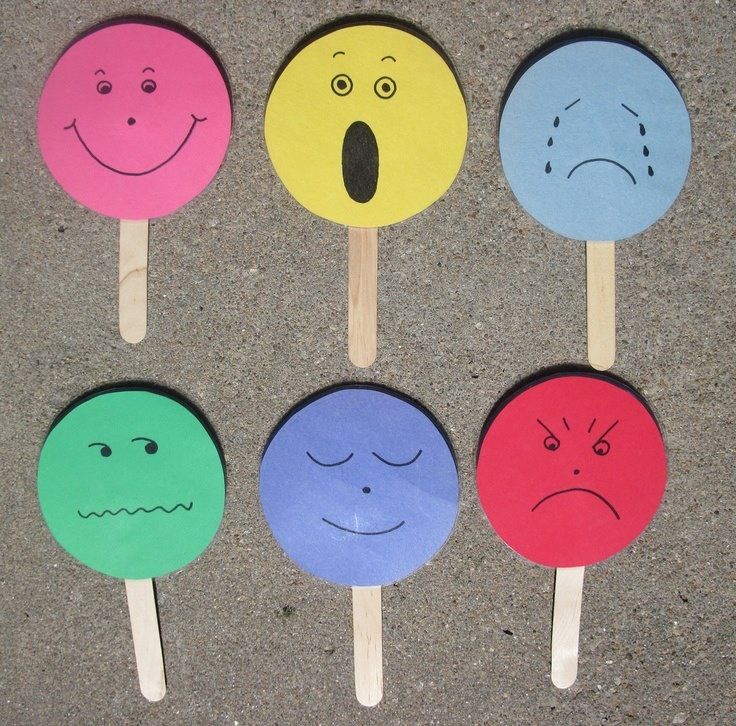 Below are just a few of the skills used in positive communication:
Below are just a few of the skills used in positive communication:
- Active Listening
- Following Directions
- Making Eye Contact
- Using Good Manners
- Having A Sense of Humor
- Not Speaking Too Loudly
- Speaking Clearly
- Telling The Truth
- Using Kind Words
Active Listening
Good listening skills require children to be active listeners. They must hear and understand what someone else is saying. As the foundation for effective communication, being an active listener is a skill that is essential for healthy relationships throughout life. Epictetus, a Greek philosopher, said, "We have two ears and one mouth so that we can listen twice as much as we speak." What wise words!
Practice is the name of the game! Try reading a book, stopping regularly to ask your child to recap the story. For instance, ask them, "What has been happening in the story?" Encourage them to continue listening as you read.
"Listening is where love begins.
" - Mr. Rogers
Following Directions
Following directions and listening are two skills that work closely together. Often, kids have a hard time following directions if they are not using their listening skills.
Younger children can get distracted or forget what you asked them to do. Use this time as an opportunity to practice their skills. For example, practice regularly with simple requests like "Please pass the butter to me" then give praise immediately for following directions.
Also, with young children, you want to give just one direction at a time. Instead of saying, "put on your shirt, wash your hands, and come to the table for dinner," pause until they have put on their shirt before you give the next request.
Furthermore, how you frame the direction makes a difference. You want to avoid phrasing it like a question. This suggests your child has an option and can say "no." Instead, ask them to repeat back what you said once you have given your direction, additionally reinforcing their listening skills.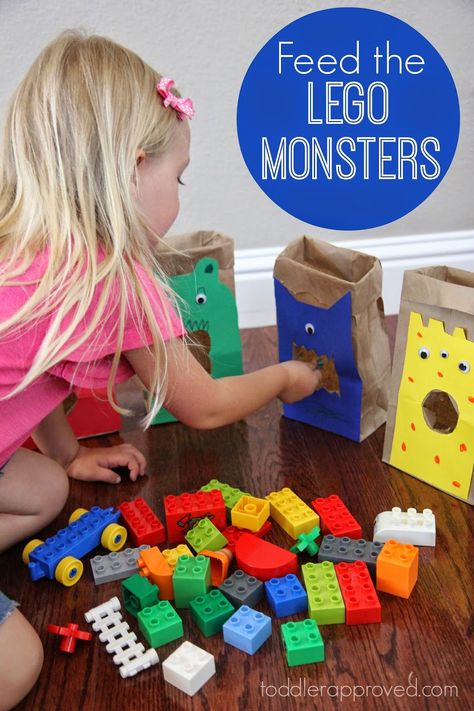
It is important to praise your child when you see they are following directions. Say things like, "Thank you for putting your blocks away the first time."
Making Eye Contact
Some kids may be shy and struggle to look at a person when speaking with them. However, making eye contact is imperative to effective communication, and children need to practice. Highlight the importance of making eye contact and model the behavior.
If your child finds it difficult not to look up, gently remind them by asking them, "Where do your eyes go when someone is talking to you? Always look for times to praise them when they remember to look at people when they are talking. You want to be kind and positive; shy children can often feel anxious.
Practice making eye contact with you first in a safe and loving environment. Have your child describe a story while you play with a toy, close your eyes, or look around but NOT at them. Then, have them share another story; this time, make eye contact while they are speaking.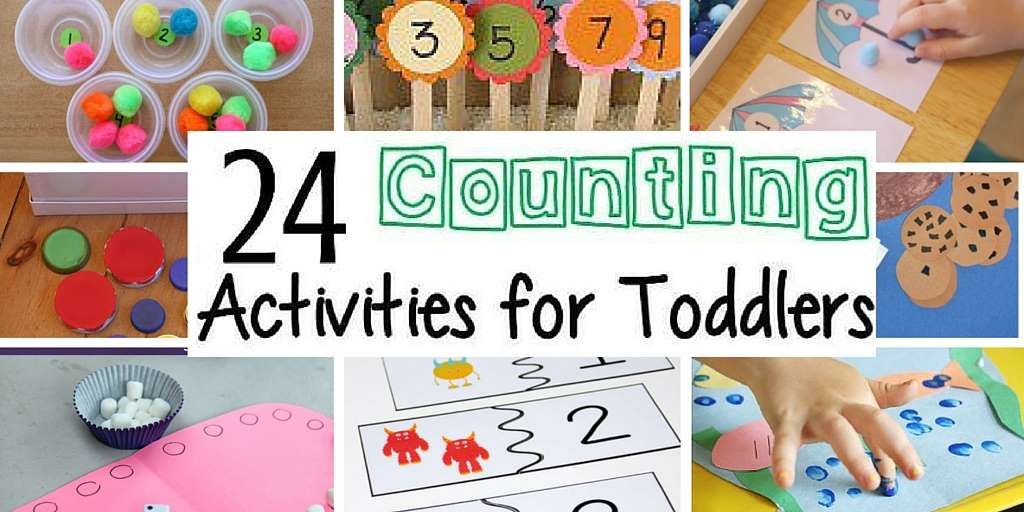 Afterward, talk about how it made them feel in each instance.
Afterward, talk about how it made them feel in each instance.
Using Good Manners
Good manners are more than just minding your "Please," and Thank you." It is about being polite and courteous, like not interrupting or talking with your mouth full. Using good manners, whether while eating and speaking, at home, or in public, is also about respect. Greeting people like family, friends, or visitors with a "Hi" or "Hello" makes them feel welcome and appreciated. Let's not forget the importance of "I'm sorry" and Excuse me."
We realize that teaching good manners can feel like an endless battle. However, when your child is polite and courteous, it makes others want to be around them. Furthermore, they are more likely to be invited places if they are respectful, gracious, and well-behaved.
Once before a trip to France, we were reminded that Americans are often considered rude by other countries. We can be loud in public, but the thing that struck me the most was that we forget to say "Hello" before asking for help or directions.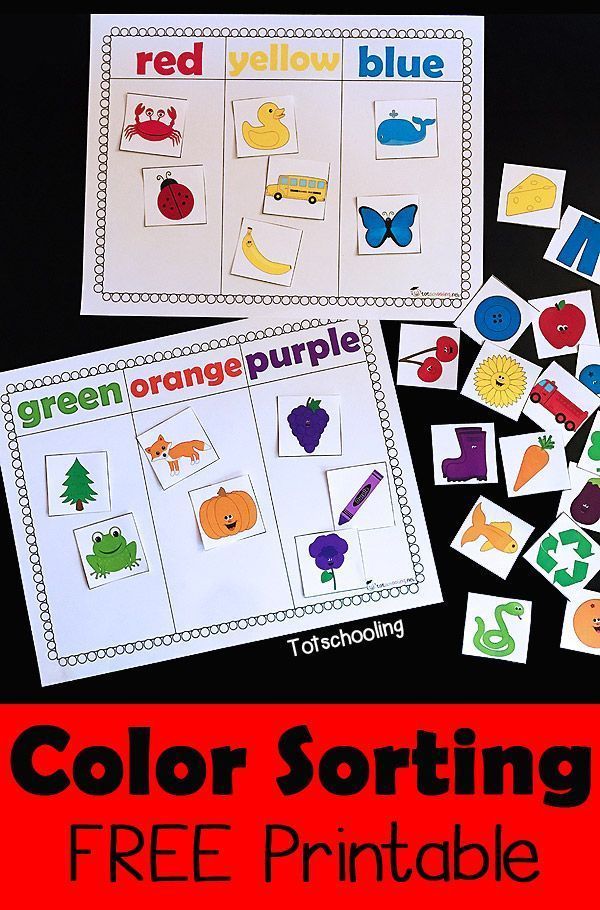 What a concept, a simple greeting of "Hi. How are you?" before asking, "Where can I find the bread" goes a long way.
What a concept, a simple greeting of "Hi. How are you?" before asking, "Where can I find the bread" goes a long way.
So, we tested it out while we there and what a positive response and experience we had. We also started practicing it at home and WOW! what a difference it makes. Such a small effort with a huge impact.
Now that was easy for us adults, but how do we teach our children good manners? Model them! Always saying "Please" and "Thank you" to your children, as well as others. Give gentle reminders and praise them when they remember to be polite.
Better yet, practice with these fun social-emotional activities for preschoolers and toddlers below.
Emotional and Social Development Activities For Toddlers
Social skills activities for toddlers are usually quite simple. Typically, before the age of three, toddlers rarely play cooperatively, but instead, they play alongside one another, enjoying each other's company. They are just beginning to engage in pretend play and like to imitate friends and adults.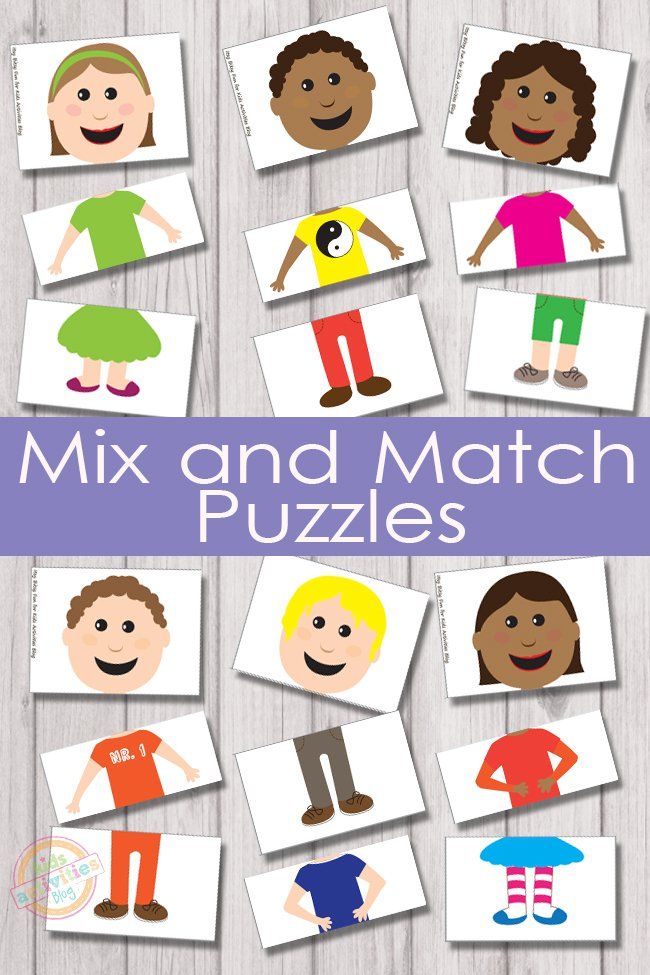 You see an increase in their independence, but they may still have some separation anxiety. For successful interaction, keep these general guidelines in mind when planning your social-emotional learning activities for toddlers.
You see an increase in their independence, but they may still have some separation anxiety. For successful interaction, keep these general guidelines in mind when planning your social-emotional learning activities for toddlers.
Hands Are Not For Hitting
Not hitting, is a vital skill to learn, especially for toddlers. You can create a song about what hands are for, including hand motions. Add things like Hands are for waving, clapping, drawing, hugging, and more. Look for more ideas in the "Hands Are Not For Hitting" book by Martine Agassi Ph.D.
Red Light, Green Light For Toddlers
This childhood classic requires listening and following direction skills. For toddlers, you may want to use signs to help them understand the directions initially. For example, you could make a round yellow "light" with a picture of hands clapping as a visual cue. As they become more proficient, you can remove the signs one by one and let them play by listening only.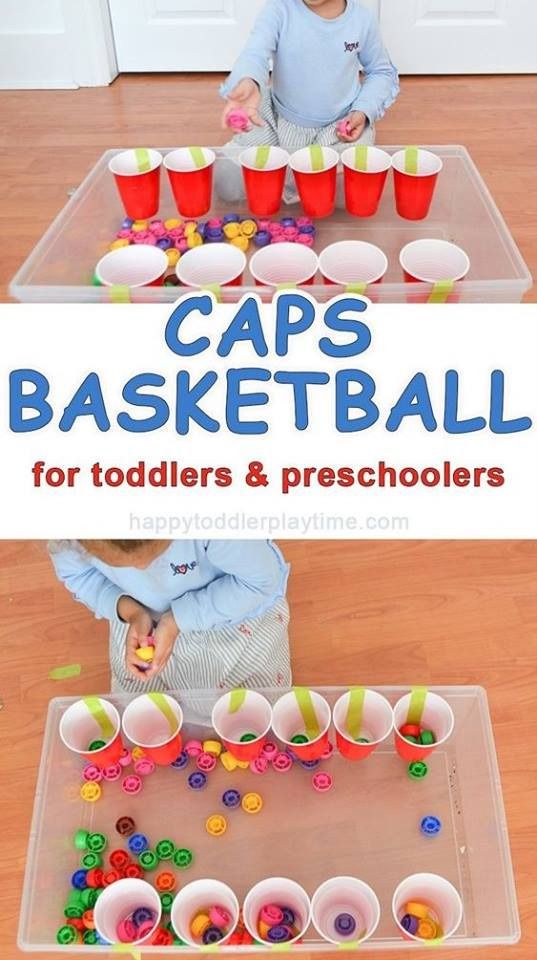
To play, one toddler is the "stoplight," and the others are bikes or cars. Let the kids decide. Next, the "stoplight" says "green light," and all the bikes come running towards the light. When the light calls out "red light," they all have to stop. If they fail to stop, they return to the beginning and start over. The first one to the "light" wins and gets to be the next "stoplight."
Follow My Clap
This game can expand as your child grows. For a toddler, start with a simple clapping pattern, have them listen, and then copy the rhythm. As the child gets older and more proficient, you can add other hand motions like slapping their knees for more complex patterns.
Follow The Leader
Another classic perfect for all ages and learning to follow directions. Choose one person to be the leader. With younger children due to language barriers, it might work best to be the leader in the beginning or just use physical cues. Have the leader "call out" or "act out" movements the kids must follow exactly.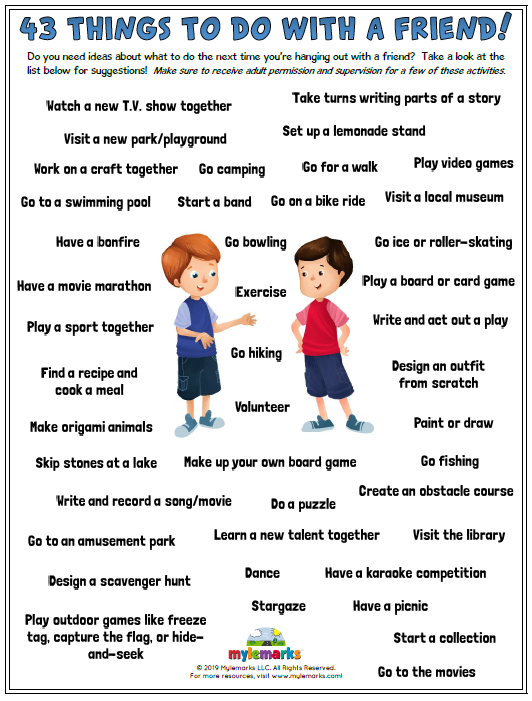
Simon Says
Not only, one of the best games for teaching listening and following directions skills, but also fun for all ages. You know how it goes, right? Someone gets to be "Simon" and gives directions to the other players. Let your child use their imagination and creativity; they could also be "Spiderman" or "Batman." How about "Anna" or "Elsa"? Maybe they want to dress up and get into character.
Next, they have to listen to see if they are supposed to follow the instruction. For example, when "Simon says…" before the direction, the child follows the direction. However, if they give an instruction without saying, "Simon says…" first, then the child does not follow the direction. If you do, then you are out!
Remember to keep the directions age-appropriate. Start slowly and be sure they understand the instructions. For younger children, you may want to give visual cues. For instance, if you say "turn around," then physically turn around.
Loud Or Soft?
Here is another easy game to fine-tune your child's listening skills.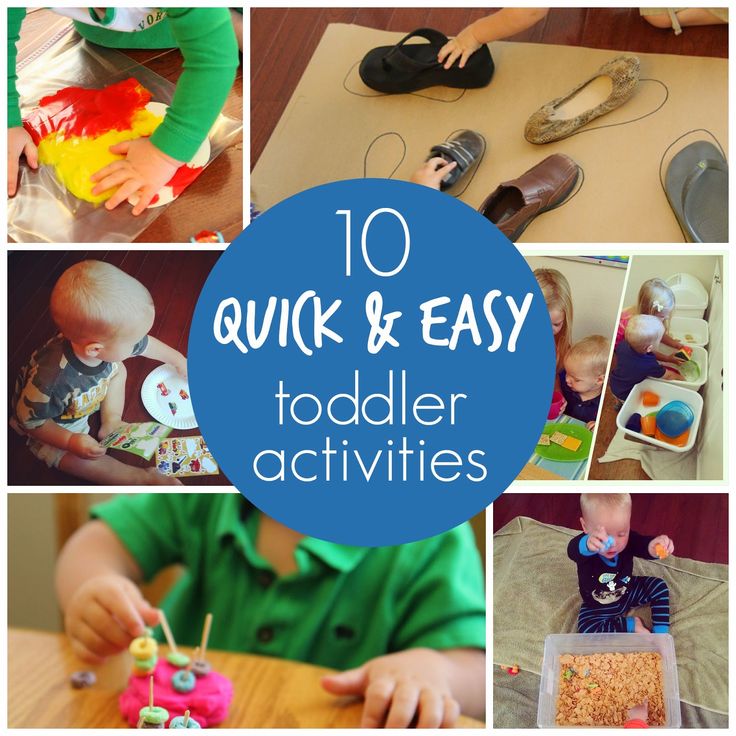 It requires them to focus and to understand loud versus quiet sounds. Which is helpful for down the road when you are asking them to use "soft voices." Start by making loud or soft sounds with various items, like loudly banging two blocks together. Then ask the child if the noise was loud or soft?
It requires them to focus and to understand loud versus quiet sounds. Which is helpful for down the road when you are asking them to use "soft voices." Start by making loud or soft sounds with various items, like loudly banging two blocks together. Then ask the child if the noise was loud or soft?
In another version, you can have all the kids make noise, such as stomping their feet. First, have them do it loudly, and then the leader says, "soft," and they stomp quietly.
Social-Emotional Activities For Preschoolers
As your preschoolers' skills increase, their social and emotional learning skills will become more complex. At this stage, they enjoy playing with other children, rather than alone. They are more creative and like to pretend, so now is a great time to add dress-up clothes and props for more imaginative play. Also, they want to try new things, so be creative and use your imagination when planning your social-emotional learning activities for preschoolers.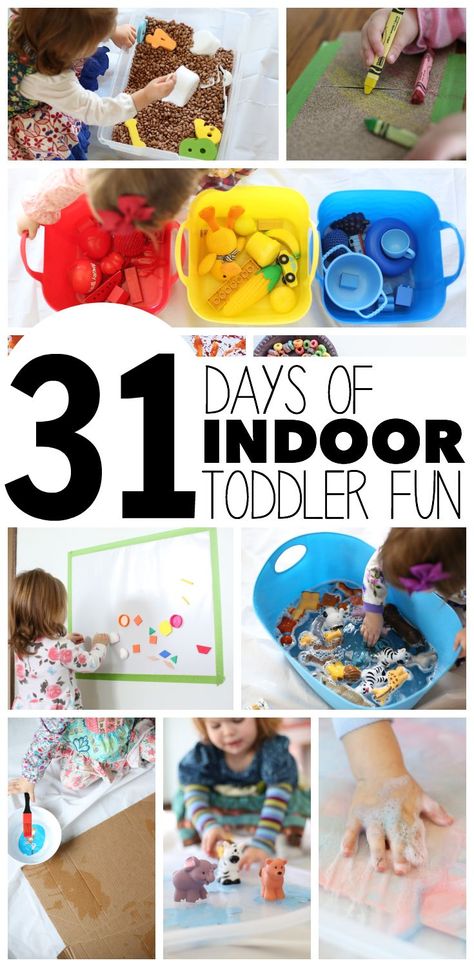
What Sound?
This one can be a lot of fun to watch children express different sounds. First, have children sit back to back. One at a time, have them make a sound (like an animal sound) and see if the other person can guess the sound. Then switch.
Follow The Rhythm
Create a pattern of sounds using musical instruments like drums or even pots and pans with wooden spoons. For instance, you bang on the drum three times. Then have your child repeat what you did. As the child increases their proficiency, you can make rhythm patterns more complicated.
Listening Activity With Blocks
Here is an easy and fun activity for one or more preschoolers, to reinforce active listening. Start with a large container of magnetic tiles in a variety of colors. Ask the first child to add "a blue block to the tower." Next, ask the second child to "add two green blocks to the tower." Continue until you run out of blocks. You can increase the difficulty if the children seem to be listening well by adding more complex instructions.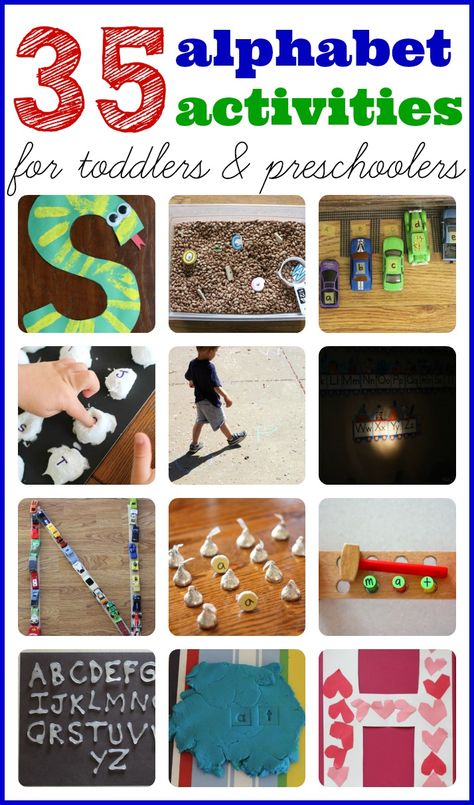 For example, "add one red block, one blue block, and two green blocks."
For example, "add one red block, one blue block, and two green blocks."
Obstacle Courses
Kids love them! Not only do kids reinforce their listening and following direction skills, but they build gross motor skills too! It is important to start small. Depending on your child's age and ability, begin with 3-5 obstacles or tasks.
Here are some ways to focus on listening and following direction skills.
- Give them the exact directions on how to move through the obstacle course. For instance, if you use giant building blocks, tell them whether to go over, around, or knock them down.
- Try incorporating a station where they have to stop and listen for the directions like "Simon says..." Once the task is completed, they can continue.
- What about including a magnetic blocks station where they must build a pyramid.
Games To Enhance Social And Emotional Skills
Playing games offers many benefits. They encourage early learning, paying attention, and increase language development. They provide opportunities to connect, to step away from our screens, and teach the value of teamwork. Most importantly, they focus on having fun.
They provide opportunities to connect, to step away from our screens, and teach the value of teamwork. Most importantly, they focus on having fun.
Red Light, Green Light For Preschoolers
A classic childhood game for preschoolers, with a twist. Once your child understands red means stop and green means go, you can increase the complexity by adding additional "light" colors. For example, "yellow light" for clapping, "blue light" for turning around, and "orange light" for jumping in place.
Or reverse the colors with "red light," meaning go and "green light," meaning stop. These simple variations force them to listen more carefully.
Mother May I?
Another childhood classic that requires following directions. One kid is the "mother" and stands far away, facing the line of children. "Mother" then chooses one child at a time and gives them a direction. Typically, these directions follow a standard, such as "Luke may take three giant steps forward" or "Hannah, you may take four baby steps forward.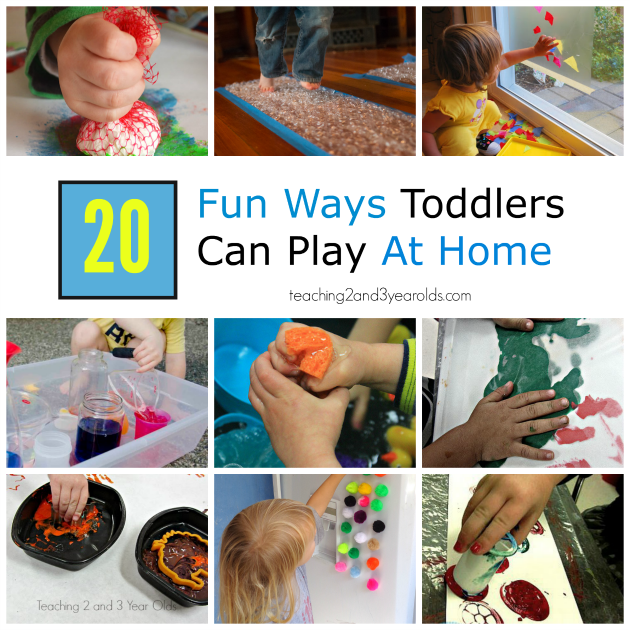 " The child then asks, "Mother may I?" and "mother" replies yes or no. If the child forgets to answer, "Mother, may I?" then they have to go back to the beginning. The first child to get to "mother" wins.
" The child then asks, "Mother may I?" and "mother" replies yes or no. If the child forgets to answer, "Mother, may I?" then they have to go back to the beginning. The first child to get to "mother" wins.
Simon Says (try a twist of "Listen To What I Say And Not What I Do")
You know how it goes, right? Someone gets to be "Simon" and gives directions to the other players. For preschoolers, you can add complexity by providing more than one-step instructions. For example, try "jump two times, clap your hands, and turn around."
Remember if they give an instruction without saying, "Simon says…" first, then the child does not follow the direction. If they do, then they are out!
Here is a fun twist on the game for older preschoolers. This version "Listen To What I Say And Not What I Do" requires kids to focus their listening and NOT uses visual cues. For instance, "Simon says...,: "run in place," but he is jumping in place. Then the correct action is to "run in place."
Here are a few fun commands to get the game started.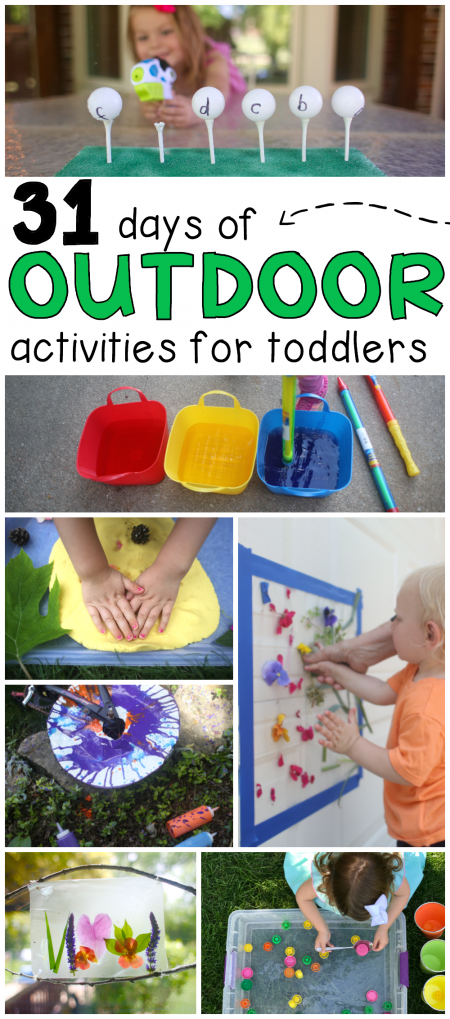 "Simon says…"
"Simon says…"
- Play air guitar
- Waddle like a penguin
- Act like a monkey
- Bark like a dog
- Meow like a cat
- Start singing
- Start dancing
- Cry like a baby
- Pretend to climb a ladder
- Walk backward
Build It! (a variation on the "Teacher Says" game)
In this version, you play with blocks.
- Gather a bunch of wooden building blocks as props and place them in the middle of the room.
- Choose one child to be the "builder" and explain the game.
- Next, you are the "contractor" to model how the game is played. Continue in this mode until the kids fully understand how to play the game. Then one of the kids can be the "contractor."
- Finally, give the "builder" a set of 2-4 directions, such as "line up two wooden square blocks, add one rectangle block on top, and one triangle block to the top." As you play, show useful listening methods, like making eye contact with the speaker, repeating the directions, waiting for all the instructions before starting, and creating a picture in your mind.
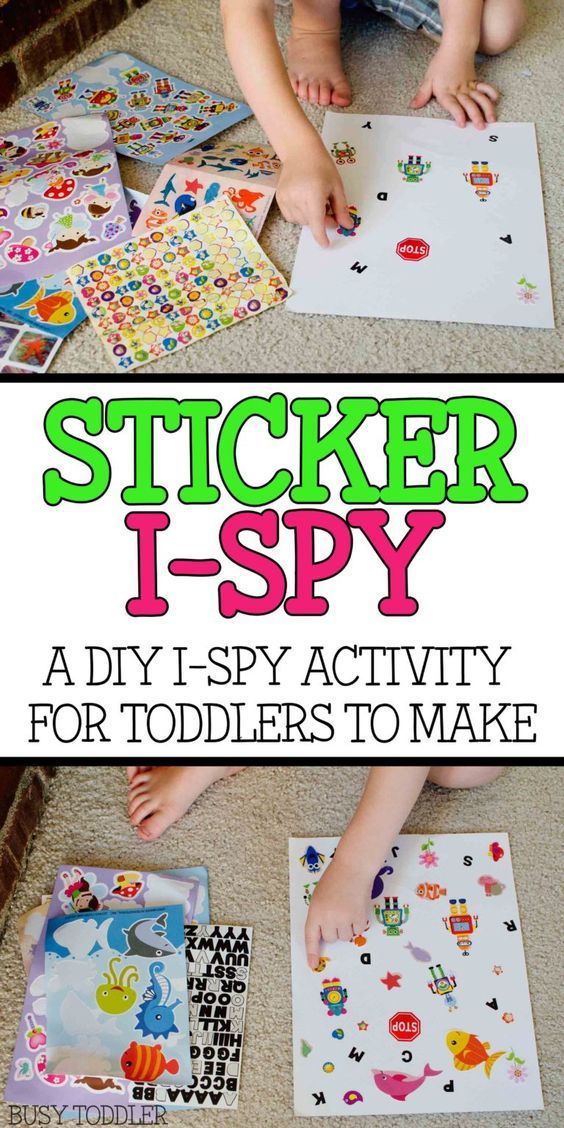
"Please" And "Thank You" Game
This game is a fun way to practice table manners before a special dinner like Christmas or Thanksgiving. Create make-believe food dishes to pass. Have your kids draw pictures of various dishes, such as mashed potatoes, broccoli, or pie on the plates. Also, you could simply cut them out of magazines or print them from the internet. Then glue the pictures to paper plates for passing.
Here is how to play:
- Start with the first "dish."
- Have the child name the food. Ask if they like it?
- If they do not like it, have them say, "No, thank you." If they do, "Yes, please!"
- Afterward, they pass the plate to the next child, asking, "Would you like some________?
- The child can then respond with a "No, thank you" or a "Yes, please."
- Continue until you have passed all the "dishes."
Music and Dance Activities
Dance and music are not just fun for toddlers and preschoolers, but they are beneficial too! Music cultivates communication and allows kids to express themselves.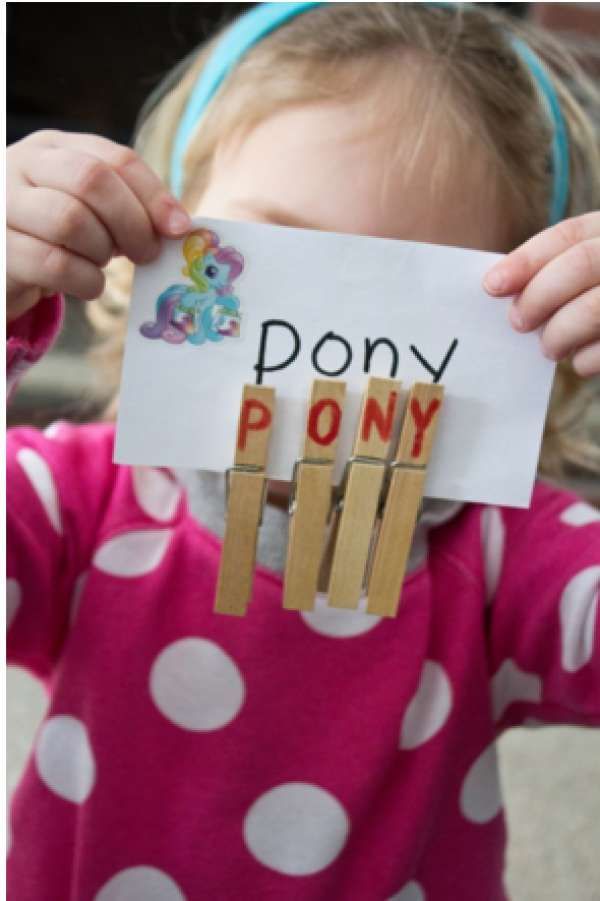 Furthermore, it contributes to imagination and creativity.
Furthermore, it contributes to imagination and creativity.
Let's Have A Dance Party!
This one starts with some music. Next, either an adult or a child may be the "dance leader." The "leader" starts dancing, and everyone must follow the moves exactly. Make it fun and silly! After about 30 seconds, but no more than a minute, the "leader" calls out another child's name, and they become the next "dance leader." Continue changing places until everyone has had a chance to be the "dance leader." Beware if you are caught not making the moves exactly, you will have to take a seat.
Freeze Dance
Kids love nothing more than music and dancing! This one is simple and fun. Play some music, and the kids start dancing, once the music stops, they "freeze." You can also add some variations like having them dance to the beat of the music, for instance, dancing slow motion to slow music and dancing fast to fast beat music. Or reverse it, dancing slowly to fast music and fast to slow music.
Easy social activities for toddlers and preschoolers are a fun way to help children learn how to listen, follow directions, and use good manners. For more development activities, check out our "Simple Block Activities For Toddlers And Preschoolers" post.
Check back soon for an upcoming post on more social-emotional activities for preschoolers and toddlers, focused on exploring their feelings, cooperation, and how to make and keep friends. Until then, we hope you enjoy your time together playing and practicing.
The Best Social Emotional Development Activities for Toddlers
Sharing is caring!
Using social-emotional development activities for toddlers is something you can begin at an early age.
There is so much on our parent to-do list that this is an area that is easy to neglect as often we think that their social-emotional skills will just come about naturally.
However, like all areas of development we need to teach our little ones about emotions and how to respond to them as well, so they can develop healthy relationships with others as they grow older.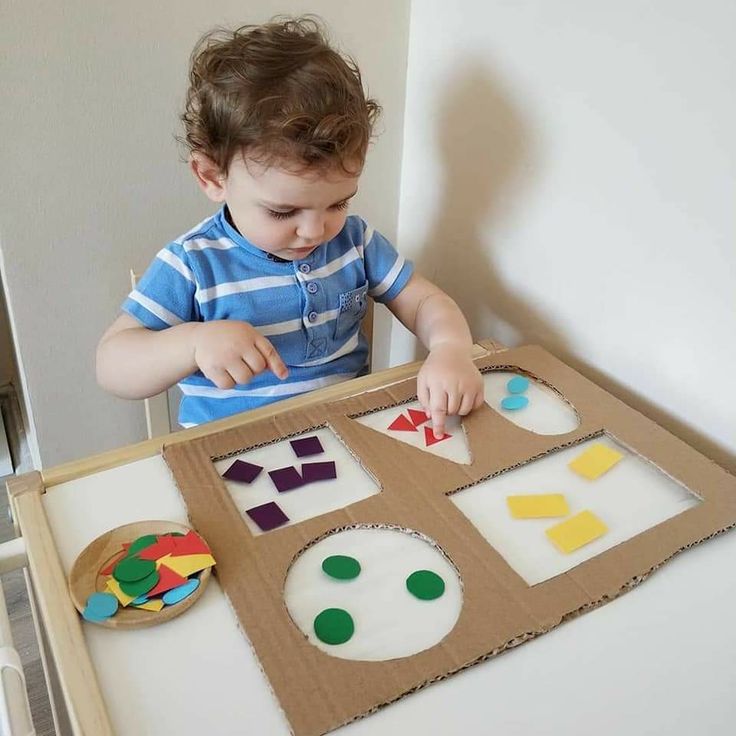
Social-emotional learning activities do not need to be complicated.
They can be easily worked into your everyday routines once you understand toddler development.
(This post contains affiliate links. To read our full disclosure policy click here.)
What Are Social-Emotional Skills?
Social-emotional skills are the ones your child needs to interact with both adults and peers.
These skills start to form from birth (did you know crying is the first way a child communicates?)
Managing and regulating emotions is also part of this domain.
What Social Skills Can I expect from 12-36 Months?
Keep in mind that ALL children develop differently and emotional milestones can look different in every child.
Here are a few of the skills that typically emerge between 12-36 months.
Make sure you download the printable toddler milestone checklist so that you can see what other skills to expect from your toddler.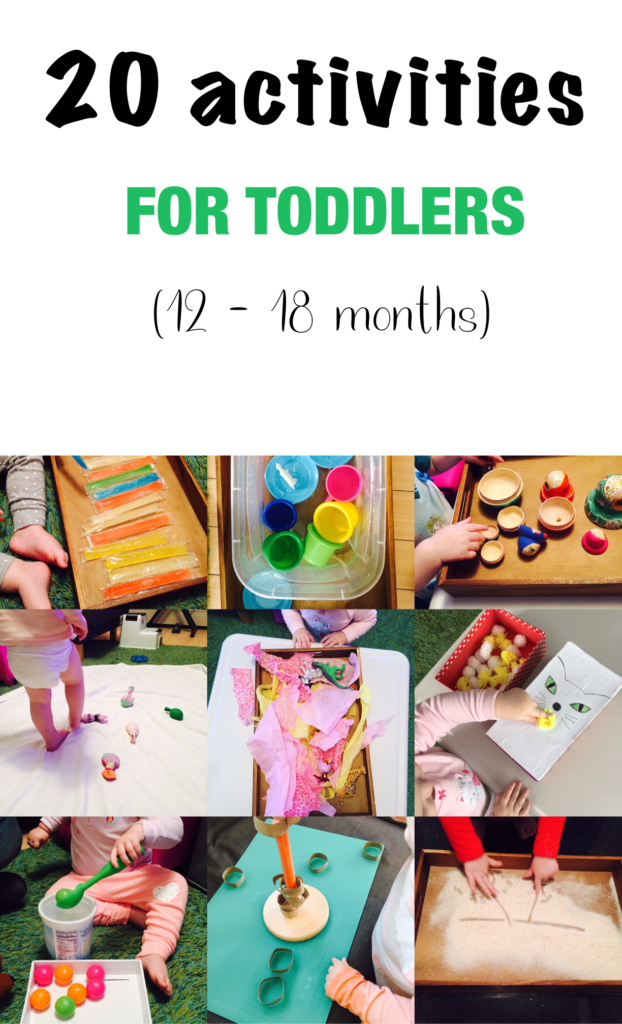
- Uses rituals and routines
- Shows a sense of humor
- Plays ball cooperatively
- Expresses affection
- Shows a wide range of emotions
- Plays by himself for a few minutes
- Tries to comfort others
- Obeys simple rules
- Shows independence
Why is social and emotional development important for a child?
Interacting with others will be a HUGE part of your child’s life.
When they enter school, daycare, or out in the community they will be around lots of other adults and children.
They will need to have skills in order to socialize and play with others.
They will need to understand how to follow rules and directions in order to stay safe.
All of these skills take lots of time and practice to learn.
Be patient and supportive when teaching your child and they will be successful!
Social Emotional Development Activities for ToddlersLabel Your Toddlers EmotionsWhen emotions happen, children need to know what they are.
If your little one is mad because it’s time to go inside and they are not ready, let them know that the emotion they are feeling is anger.
Give him some tools to cope with anger such as taking deep breaths or slowly counting to 10.
Tell your child what emotions you are having throughout the day as you are their primary role model.
Examples of Emotions to Label:
- Happy
- Sad
- Frustrated
- Excited
- Scared
- Surprised
Your child may not be able to say or label their own emotions for quite some time.
Telling them their names of them is a way for them to learn the vocabulary.
This is also a great way to support toddler language development!
Using simple pictures can be an excellent tool for children that don’t have words but still need to express how they feel.
Having them point to a happy or sad face that is drawn on paper can be helpful.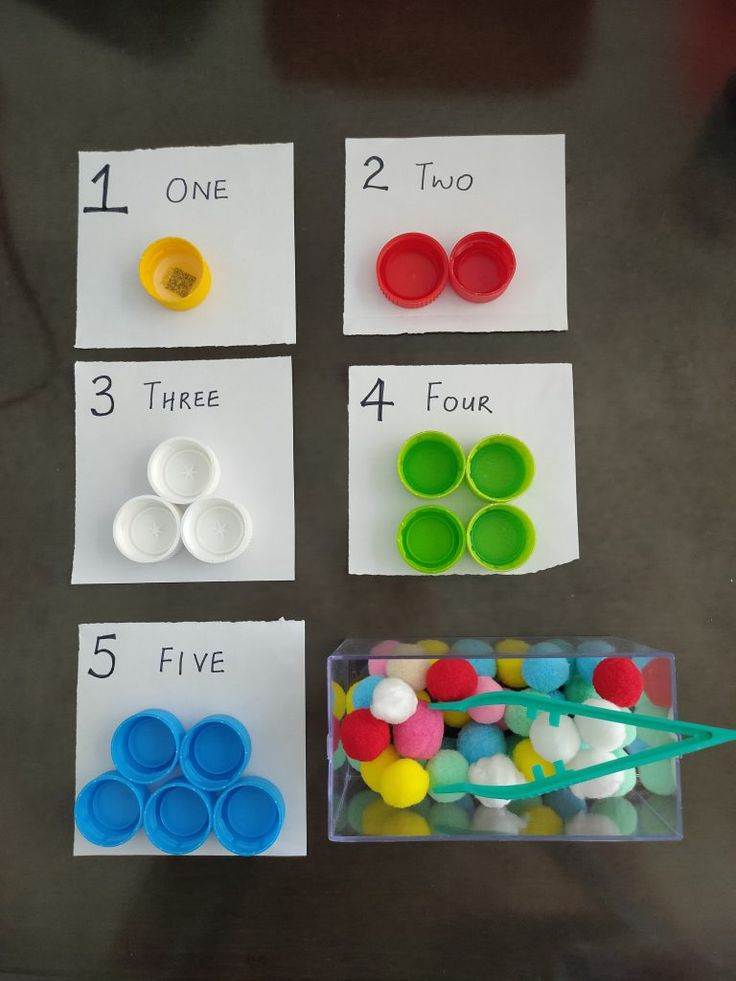
Almost any book works as a great tool for working on emotional awareness.
As you are flipping through the pages of your favorite story (this is one of my favorites), point out the character’s faces and talk about what they are feeling.
If there is a picture of a happy baby, point out the smile and label the emotion.
You can then model it in real life and smile at your little one and see if you can get a smile back.
As your toddler gets older you can make statements such as “I wonder what makes that baby happy?”
Then discuss the reasons that he could be smiling. Maybe he just got a hug or is about to go outside and play.
There are also lots of books out there specifically designed to help teach social skills to young children.
Check your local library to see what is available.
Provide Opportunities for Your Child to Interact With OthersSchedule some play dates with friends or cousins to give your child the opportunity to interact with their peers of the same and different ages.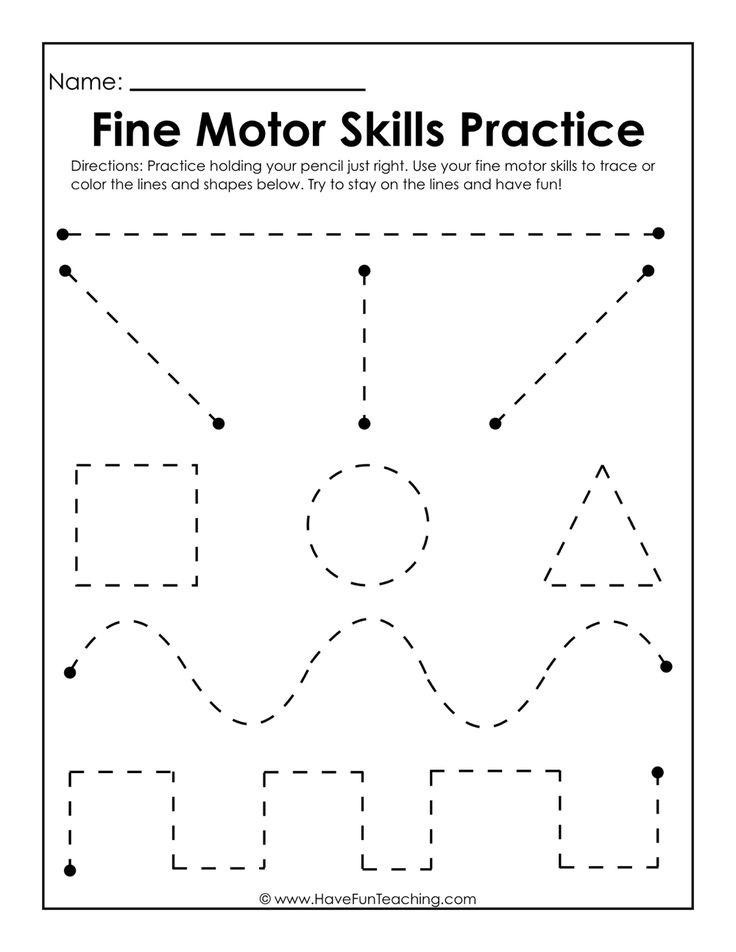
social-emotional development activities for toddlers do not need to be complicated.
Keep it simple and they will learn!
Attending daycare or preschool is NOT required for your child to learn social skills.
Providing them with playtime with other people is all they need to learn to play with others.
When you are out in the community help them interact with unfamiliar adults and children.
Teach them how to say “hi” and approach new kids to play with.
Using simple emotion cards like these seen in the video can be a great way to help your little one learn the names of emotions.
By growing their emotional vocabulary they will be able to label and identify how they feel which is a crucial skill.
Feeling cards like this can be used as flashcards or a matching game if you print 2 sets.
If your child does not have the words to tell you how they feel they can use the “How I Feel” chart to point to what they are feeling.
You can print your own set of emotion flashcards for toddlers here.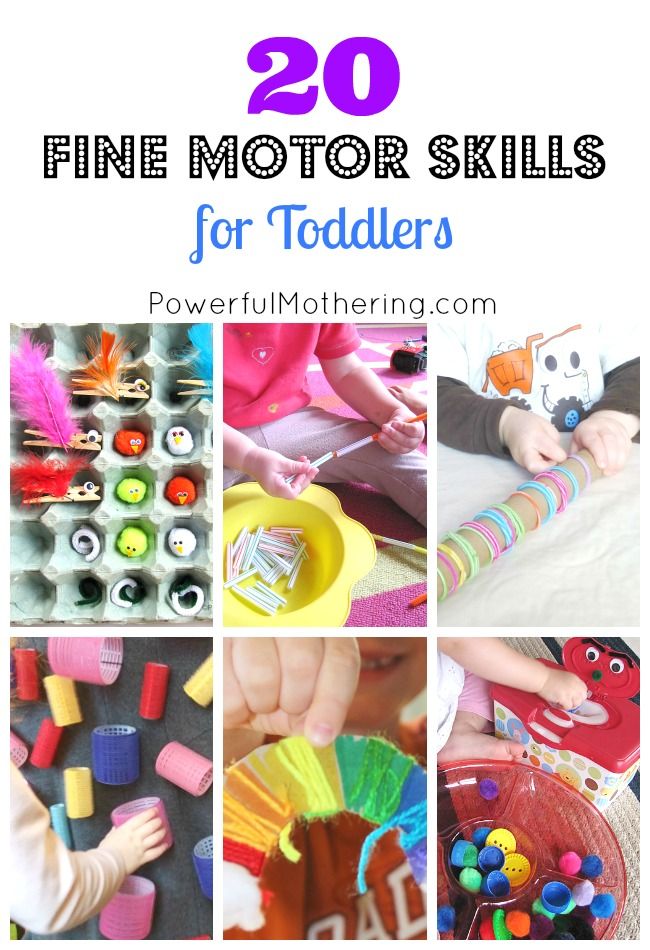
Using dolls, teddy bears, or any of your child’s favorite stuffed friends will work to teach emotions.
It can be very simple like modeling for your little one by giving the bear a hug and saying, “The bear is happy when I hug him.”
As your child gets older you can expand on this by role-playing with them.
Maybe the bear takes a toy from the doll, how do they each feel in this situation?
What can they do to solve it?
It may surprise you just how quickly your child is able to learn how to solve social problems.
They may even come up with solutions you would not have thought of!
Children learn and retain information through play so it is one of the BEST ways to teach a new social skill.
Social-Emotional Learning Activities for Toddlers: Model EmotionsIf you are having emotions in front of your child…that is ok!
Take a minute and explain to your child why you are happy, sad, or mad.
As parents, we often feel like we need to hide our emotions from our children.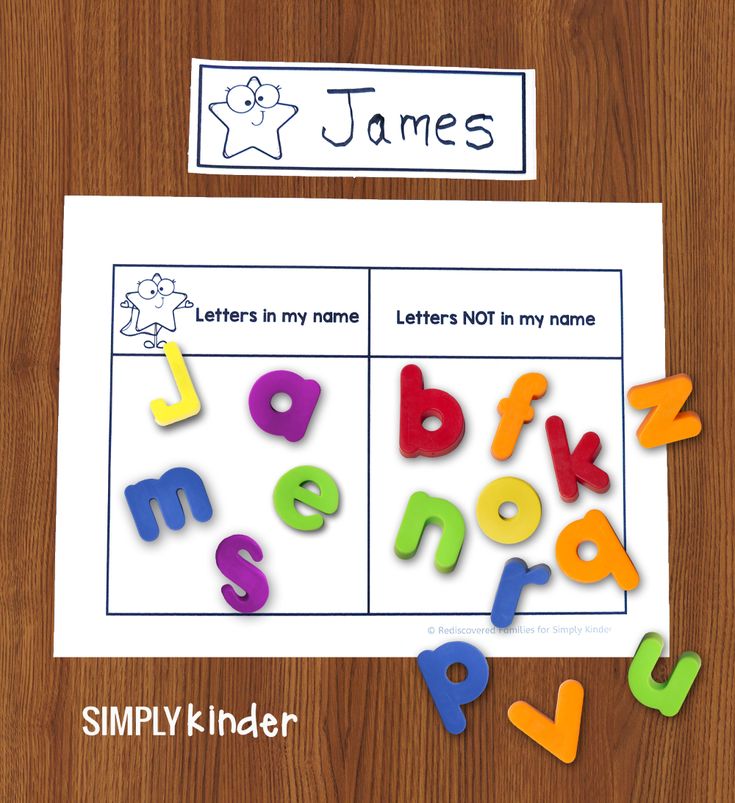
By doing this you are missing out on an opportunity to teach them that it is ok to have emotions and model for them how to cope.
Use Peers to Set an ExampleIf you are at the park or grocery store with your child chances are you may hear another child either screaming or crying.
If your little one hears them too, take a second and explain to them that the other child is sad or upset.
You can brainstorm with them reasons that the child is upset such as they don’t want to go home or they are not getting something they want.
By taking the time to teach your toddler emotions they will learn to regulate their own, identify feelings, and build healthy relationships with others!
Help Them Problem SolveWhen toddlers are playing together some conflicts may arise.
Try to be there to support and help them figure out a healthy way to solve the problem.
If they are both fighting over the same toy see if they can find a similar one to play with.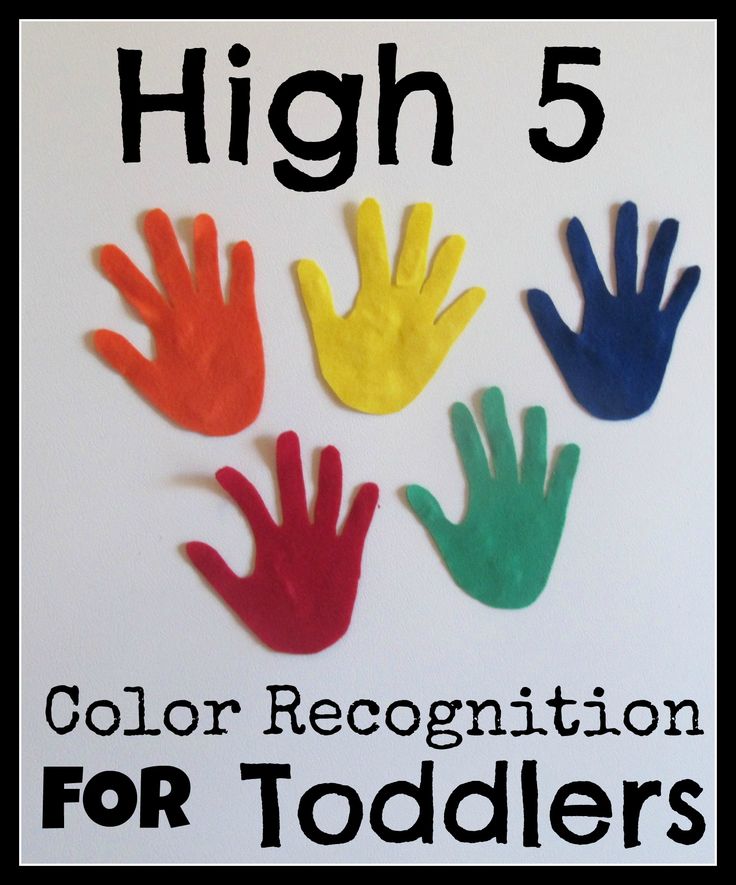
Could they take turns with the toy or perhaps a trade could take place?
Could they play with the toy together?
All of these are great options. Talk through the problem with the children and see what works best to solve it.
Have concerns about your child’s development?
If you ever have concerns about your child’s social-emotional skills be sure to contact your child’s doctor or give early intervention a call.
Grab your FREE Milestone Guide HERE.
Frequently Asked Questions
What are social activities for toddlers
Social activities for toddlers include activities where the toddler has to interact with other children or adults.
This includes playing games, imaginary play with others, and social interaction through turn taking and talking.
What are some examples of emotional development?
Being able to label feelings that they are having or see others experiencing.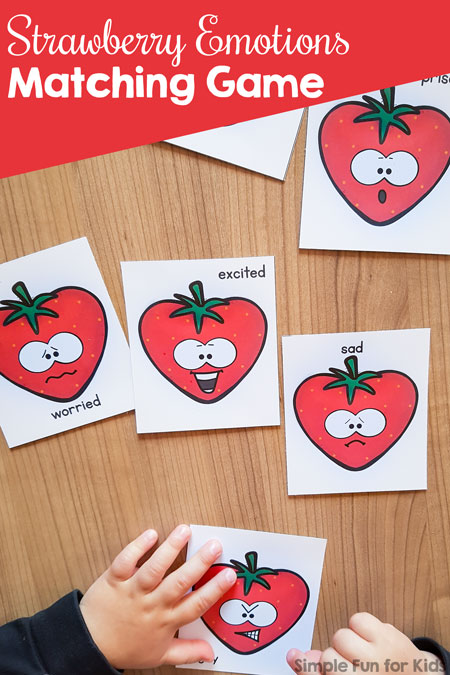 Being able to express and show a wide range of emotions is also an example of emotional development.
Being able to express and show a wide range of emotions is also an example of emotional development.
Toddler Parenting Tips
social activities for toddlers
Kayla ONeill
Kayla O’Neill has a master’s degree in education as well as a bachelor’s degree in special education with an emphasis in early childhood education. She has been working as a developmental therapist with babies and toddlers in early intervention since 2012. She is also a mom with two young children.
How to develop a child's activity in a social environment?
Social activity is a personality trait that not many people in our world around us usually have. But the main question is, does a person have it by nature and can it be developed?
The definition itself
Let's first understand what social activity is. This is the ability of a person to take some active actions in relation to society and its development.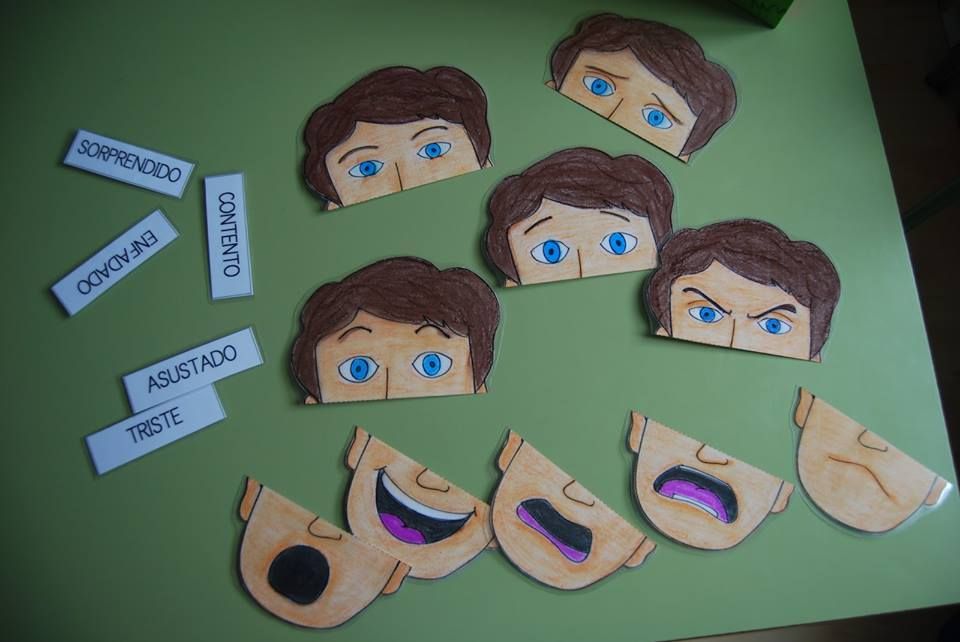 Sometimes these are leadership qualities, when a child or an adult person sets the pace in a group, or it’s quite simple - he is a ringleader. Another option is when a person actively helps in the development of some kind of undertaking, be it a game, a skit or a project.
Sometimes these are leadership qualities, when a child or an adult person sets the pace in a group, or it’s quite simple - he is a ringleader. Another option is when a person actively helps in the development of some kind of undertaking, be it a game, a skit or a project.
That's actually the whole point. The key word here is activity.
What is its basis, and how does this relate to our children?
Children are the same people, just with small undeveloped bodies and skills. And here you just need to carefully observe the child, and determine what his strengths are and what his talents are. Interest groups can help you. In which the child will try out the roles on himself and watch his young colleagues.
And when the child finds his strengths and begins to develop them. Strengthening in his strength, he himself will begin to take the initiative more and more. Here again, you need to observe the situation, and be in sincere communication with the child.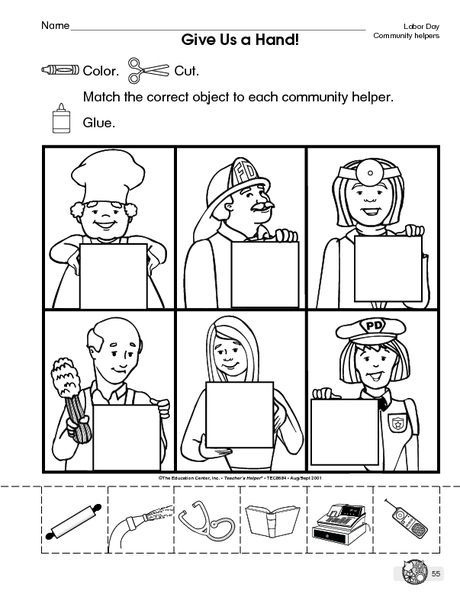 Know what he cares about and what he wants.
Know what he cares about and what he wants.
Who will find these children's talents first, you are parents or your children, this is not yet known. But parents are often guessing, and only practice can clarify this issue. And yet, who better than a child understands what he likes more and what not. After all, you are not Karabas-Barabas, who forced everyone to be happy by force. You just need to watch and care.
When you find talents and start developing them, it is only natural that the child will be active.
Sometimes you need
There is one more thing that I would like to talk about. From 4 to 7 or more years old, children learn to talk and share their thoughts with each other. Here it is worth thinking about the school of speech development, in other words, the theater studio. Because it has a lot of exercises for the development of breathing, and clarity of pronunciation.
All learning and training takes place in the form of a game, and this is done by experienced teachers.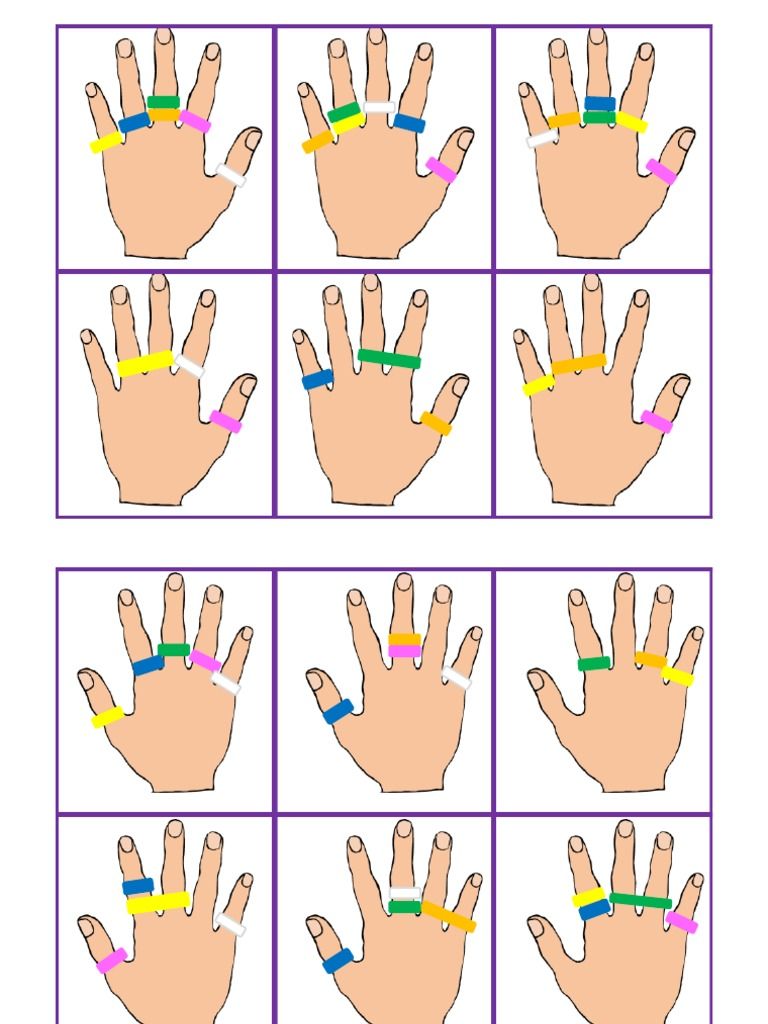 They gently correct the children, and direct them to the development of one or another quality in the child.
They gently correct the children, and direct them to the development of one or another quality in the child.
Sometimes it just happens that a child's speech apparatus works without deviations, but it is still not clear what he is talking about. But he really needs to learn how to express his thoughts correctly in order to be understood.
In addition, at the theater school, children communicate with the same enthusiastic little colleagues. And they begin to play their roles in the general performance, which helps them begin to find, realize and eventually choose their place in the group and in life.
The performances are also based on the works of the classics, in which the child will find many answers about the structure of the universe and relationships between people. After all, he will play a role in this!
Your child's talent may not be far away. And even if he is not connected with the stage, these classes will create the basic skills that are so necessary in life.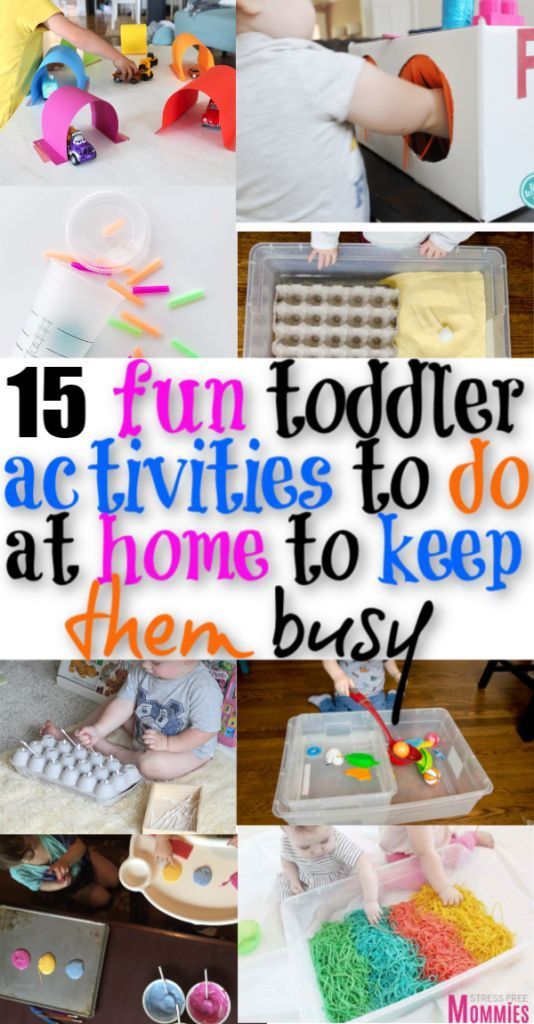
When a person has revealed his talent, he will simply naturally begin to be active in his favorite field of activity. And if you need a theater school, then you are welcome.
Education of social activity of children of primary school age in the process of socially useful activities
The current stage development of society, characterized deep social and economic
For decision purposes tasks set, many educational and upbringing institutions are oriented in their activities to create optimal conditions for developing the ability students to establish adequate relationship with reality in the process of self-development. Primary education school is the first step in the formation qualities of active, independent, initiative, responsible, creative personality, manifested in socially valuable activities.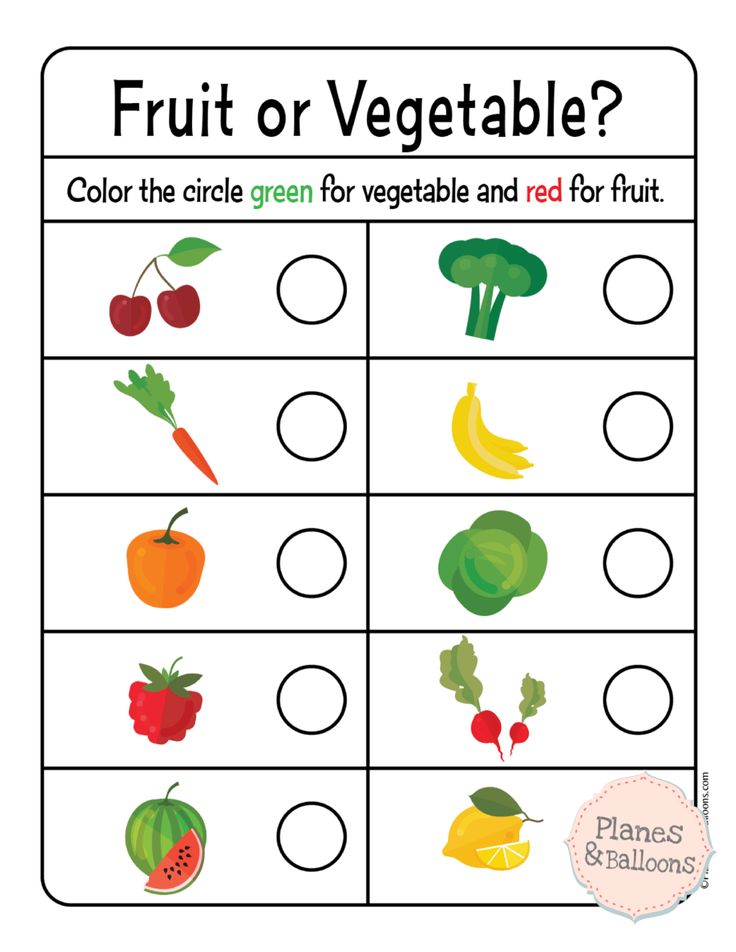 And although, in the primary grades it is still impossible achieve the development of a person as a complete subject of public activity, essential prerequisites for this process can be formed already in the younger school age.
And although, in the primary grades it is still impossible achieve the development of a person as a complete subject of public activity, essential prerequisites for this process can be formed already in the younger school age.
At each age stage, activity has upward trend according to with the scope of social duties and that experience the student gains. Under these conditions, social activity becomes the most important prerequisite for the development social functions of the personality, its successful adaptation to social life. So Thus, social activity acts as a stimulus to activity, as a property personality at a certain stage of its development, as a result of socially significant activity.
Social activity is being implemented in the system of goals, value orientations that determine motivational sphere of personality, orientation of its interests, choice of activities to satisfy emerging needs. Today it is essential expanded social space where students live their inclusion in diverse relationships in the process of growing complexity.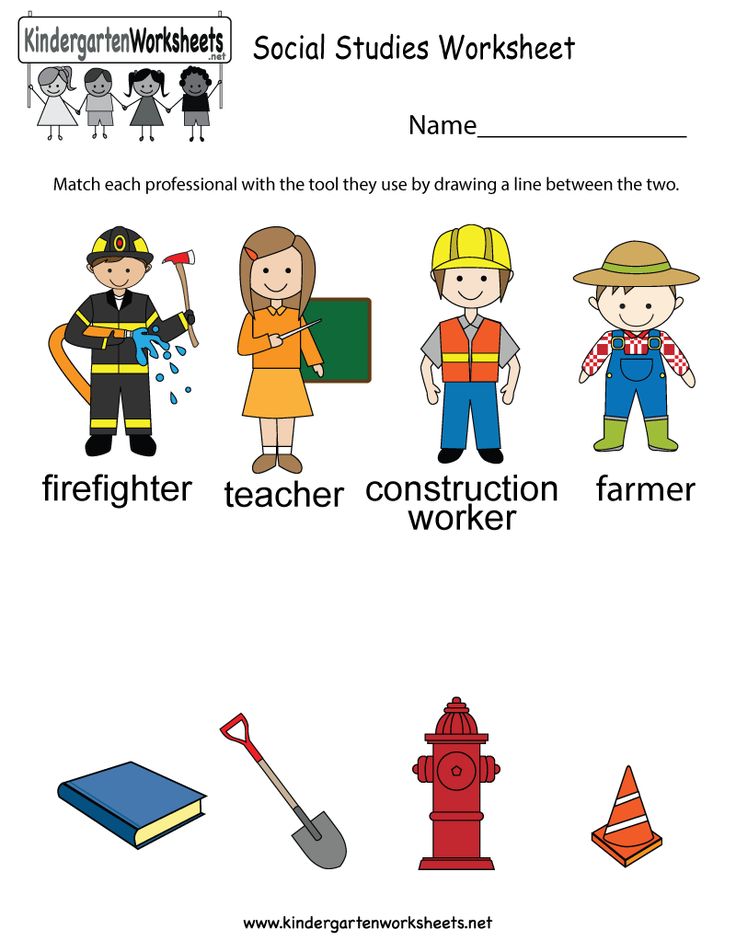 Social activity is integral social property that characterizes the state of the subject in the process of interaction with other individuals (communities, collectives, groups) in activities, the need which is conditioned by personal and social significant interests and goals.
Social activity is integral social property that characterizes the state of the subject in the process of interaction with other individuals (communities, collectives, groups) in activities, the need which is conditioned by personal and social significant interests and goals.
Formation problem social activity of the individual is always was directly or indirectly in the center attention of philosophers, educators, psychologists and sociologists.
Philosophical and psychological-pedagogical thought develops ideas of formation socially active person who found reflection in the works of Y.A. Komensky, J.-J. Rousseau, A. Diesterweg, K. D. Ushinsky, V.V. Zenkovsky, A. Gooddins, E. Durkheim, D. Dewey, P. Natorp, A. V. Lunacharsky, P. P. Blonsky, S.T. Shatsky, V.N. Shulgin and others
Theoretical foundations, organizations, determining the content of the formation social activity of students in modern educational process 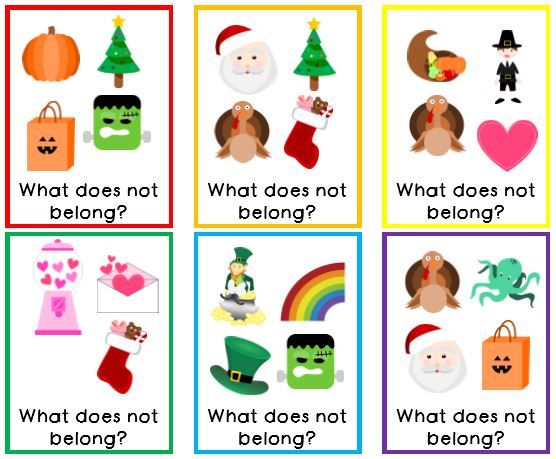 B. Ramazanov, V.P. Rostovsky, L.N. Farafonova and others
B. Ramazanov, V.P. Rostovsky, L.N. Farafonova and others
At the same time, the analysis of the psychological and pedagogical literature and research has shown that the structure of social activity remains little developed, attention is paid to the development of social activity of teenagers and senior schoolchildren, and does not address the issues of formation social activity in primary school age, as the initial stage of entry children into a new system of relations with reality. For this reason, research in this work were carried out on the basis of information on social activity of the individual, and not specifically the younger schoolboy. The concept of "social activity" found in representatives of different Sciences. Currently in the pedagogical science, this concept is considered from different positions: as a property of a person, quality personality as a process of manifestation of freedom personality as a driving force for development person as an integral part of education.
A.V. Mudrik social development activity of the individual considers how "the multifaceted process of humanization person”, which includes direct entry of the individual into the social environment and supposed social cognition, as well as social communication, mastery practical skills, including both the objective world of things and and the whole set of functions, roles, norms, rights and obligations, reorganization of the environment peace.
“Ideally,” notes A.V. Mudrik - socially active person must be able to resist if not society, then one way or another life circumstances. However we see that most often young people actually merged into society not ready and not capable of that activity, needed to withstand the environment and impact on it. How much of a contradiction will be large, due in many respects to the fact type of society in which a person with that type of upbringing - characteristic, both for society as a whole and for the inherent individual educational institutions.
L.Yu. Gordin and O.N. Kozlov believe that the social activity of the individual is an integral part of
a new approach to understanding activity with the point of view of its subjectivity. The essence of it boils down to the fact that the individual is considered as a carrier of individual, subjective experience, striving to reveal their own potential, and you just need to help her, providing appropriate pedagogical conditions to unlock this potential.
V.A. Slastenin interprets the social activity in the subject-activity approach, and the concept of "subject" considered in two meanings: as a subject of activity capable of master it and creatively transform it, and as a subject of life, able to build strategy and tactics of their life.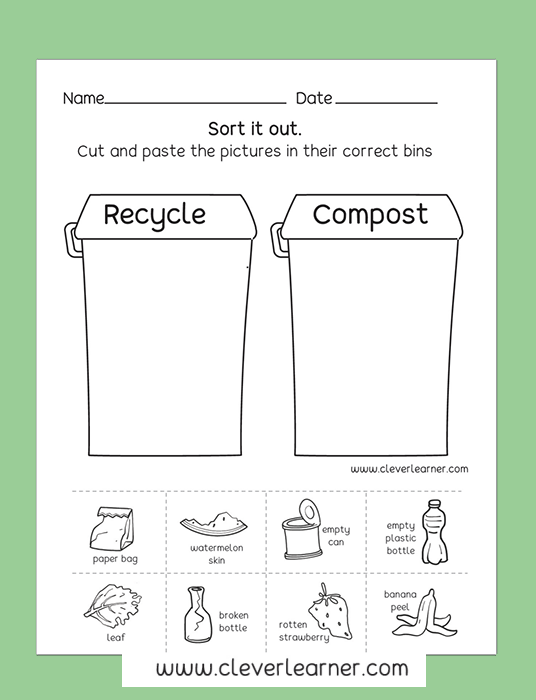 The internal organization of the subject includes psychological structures that enable a person to realize yourself as a creator, organizer, distributor own life. In turn, the environment an organized process with its relationships, norms, knowledge become external regulators in relation to internal mental regulators of life person.
The internal organization of the subject includes psychological structures that enable a person to realize yourself as a creator, organizer, distributor own life. In turn, the environment an organized process with its relationships, norms, knowledge become external regulators in relation to internal mental regulators of life person.
V.S. Mukhina, considering social activity as a need personality in changing or maintaining foundations of human life in accordance with their worldview, with their value orientations, E.P. Polikarpova social activity - quality inherent in every person, but the activity may be different volume, nature, direction, form, level” and V.D. Lugansky, who considers that the process of developing social activity cannot be attributed to any one period a person's life - it lasts all his life. However, one can single out the most the intensive stage is the young years. V.D. Lugansk determines the development of social activity of the student's personality as a purposeful continuous process of its inclusion in the system public relations and as a result of the assimilation them experience of social behavior based on development of own activity for satisfaction of personal and socially significant needs.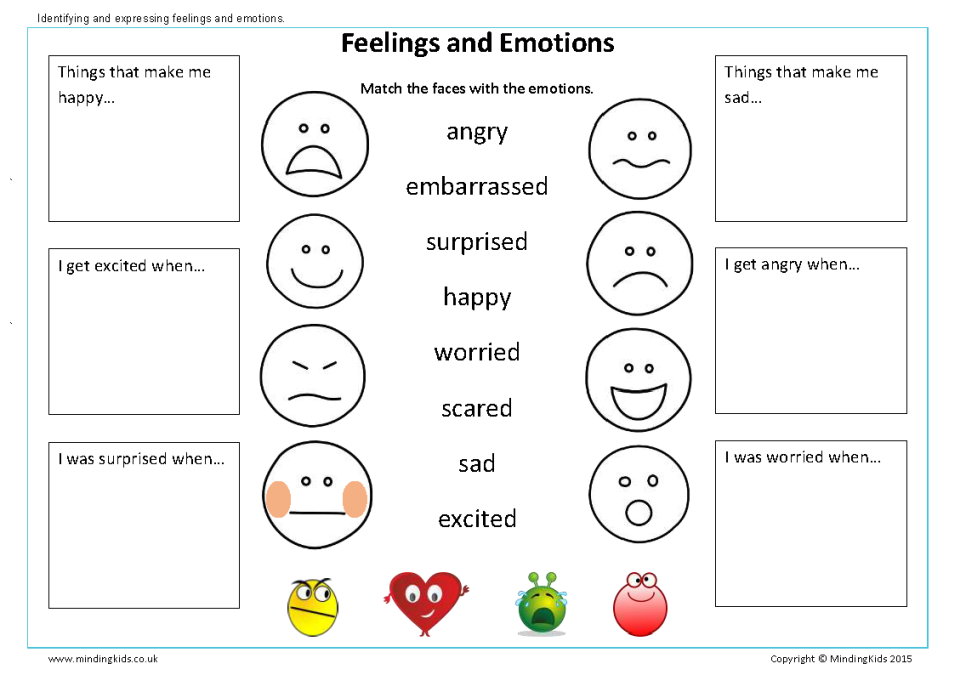
So you can do conclusion that the fundamental position social activity of the individual is an integral part of education, as objectively natural phenomenon of social life, holistic process of personality development, interrelated aspects of which are education, training and development - included in a certain relationship system.
For the development of social activity as an important characteristic social competence is necessary a number of pedagogical conditions.
First, securing acceptance a person of social activity as values. Value is usually understood as things, objects, phenomena significant for a person, addressed to him, capable of satisfying his needs, his priority choice, develop his own essence.
Secondly, the presence of an active educational environment. Educational environment can be considered and as a space for interaction, open, characterized by a special psychological climate, atmosphere of trust, acceptance each person as he is, that is, creating an atmosphere when filming protection, and the person, on the one hand, is open to influence other people, on the other sides - enriches the space interactions.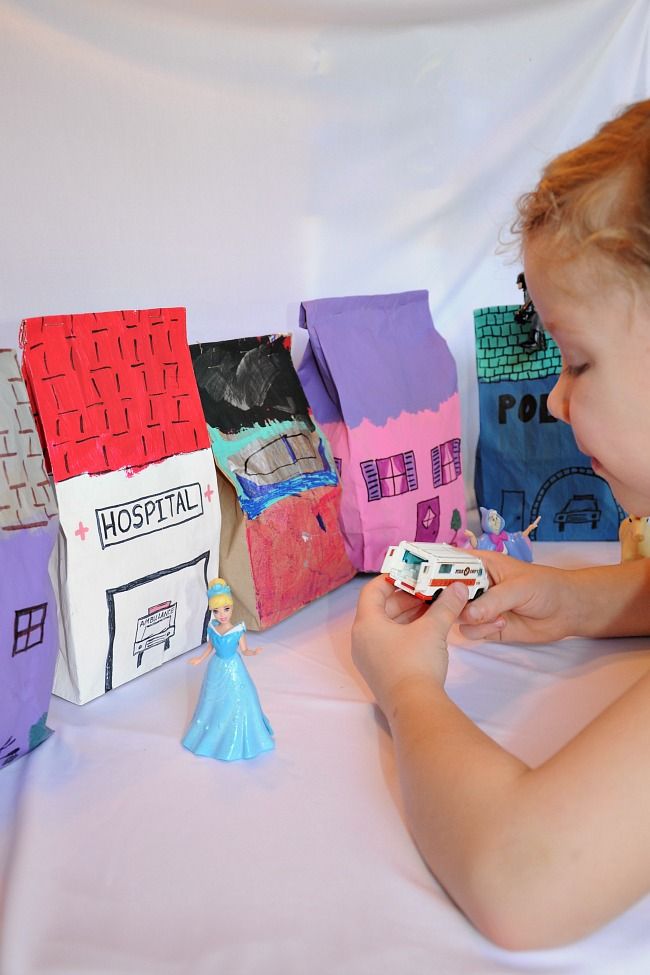 The pinnacle of this level interaction is a sense of success, occurring to the participants. In such a space a person experiences a sense of freedom.
The pinnacle of this level interaction is a sense of success, occurring to the participants. In such a space a person experiences a sense of freedom.
Very interesting similar pedagogical position L.I. Antsyferova, N.K. Bespyatova, T.N. Malkovskaya, A.V. Mudrik regarding phenomena of integration of educational potential around and under the influence of certain "centers crystallization", creating such an educational Wednesday. This idea seems to be exclusively productive in terms of design similar "center of crystallization" on base of any educational institution. For example, in a school, such a center can be the Council commanders, any children's association, business advice, etc.
Thirdly, the presence of creative environment for self-realization. Personality in the result of self-realization in a socially significant and creative activity acquires and masters relevant socio-psychological skills, mastering the methods of reflection, analysis and organization of feedback with the outside world.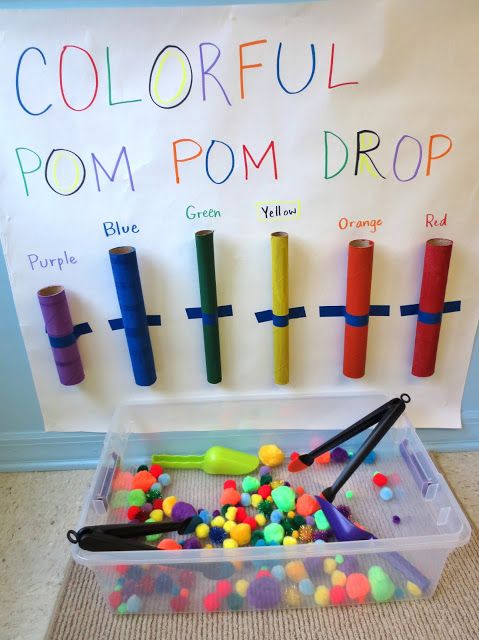 It is in self-realization personality acquires the experience of self-manifestation, self-expression in the form of active actions in the implementation of projects and undertakings.
It is in self-realization personality acquires the experience of self-manifestation, self-expression in the form of active actions in the implementation of projects and undertakings.
Fourth, the presence of a situation emotional experience, such as experience of success-failure, which has a number of features. Success achieved or failure experienced by the team, have the ability to stock human activity for subsequent activities. A prime example of such an emotional state can be a bright emotional event (festival, gathering, school holidays etc.), which unites the efforts of all participants in educational interaction and distinguishes constant search, update, hard fight for victory.
Need for new experiences, including emotional ones - one of the most important human needs. She is carries the original force that stimulates mental development of a person, growing along with it, which is the basis for the development other social needs. Need in new impressions - the acquisition is not only early childhood, she continues to play a role in the development and the development of a teenager, youth and adult person.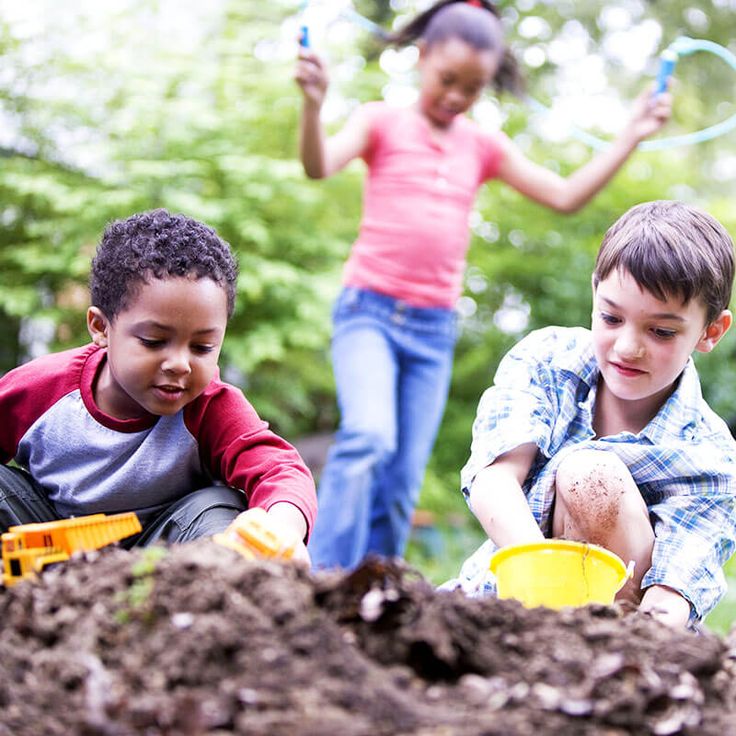
Working with a team the situation of novelty acquires a special meaning. Its effect on emotional the state of the team is different from the impact on the state of the individual. Firstly, not everything that gives the impression of novelty on some, can produce the same impression on others. Secondly, in the collective effect the impact of the new situation may intensify or be weakened due to the peculiarities of the collective perception and action of the laws of mutual influence person to person. When unexpected impacts may occur specific transitional emotional situation immediately, depending on the content of the information, can induce a state of positivity or negative nature, and may leave a person indifferent to its effects. The suddenness of occurrence is enough significant situation strongly affects to activate people's behavior when choosing certain actions to take the necessary solutions. For example, the implementation of the patriotic action "Mandate of veterans - the younger generation", filled with new content and forms activities that may attract attention a lot more young people who will actively participate in it.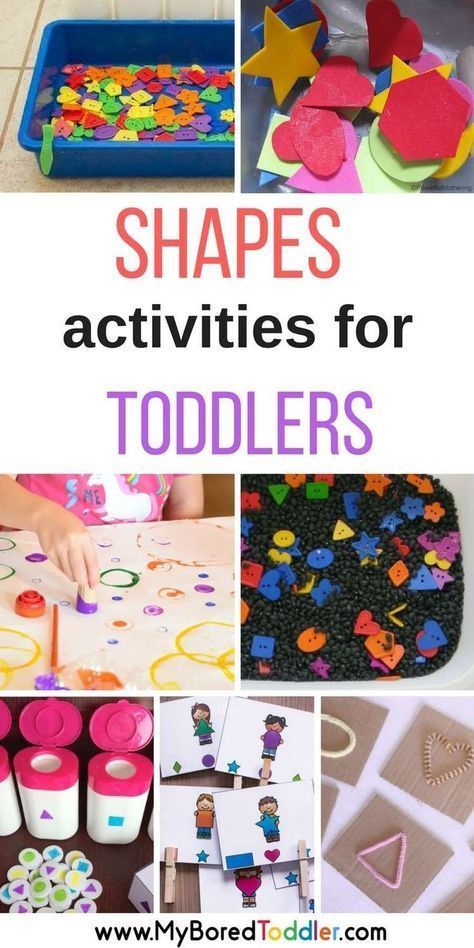
Analysis of existing theoretical approaches to the problem development of social activity in the psychological and pedagogical literature, allows you to define your own view: development of social activity personality is a holistic process (psychobiological, social and pedagogical) active interaction of the individual with environment, adaptations of the individual to successful functioning in it, active exploration of the environment with goal of life, professional, social self-development of the individual.
- Community service activities within primary education.
- The essence of the concept of "Socially useful activity".
All activities includes a number of elements. All together they characterize the structure of activity. It consists of a motive - something for which it is performed this activity, the goal is to present what should be the result performance of activities, operations and method, required to obtain this product, object - that material, transformation which leads to the desired result.
Towards the end of junior school age for the majority students are formed skill arbitrarily establish relationships between goals activity and motive. When it changes the general meaning of the activity children can change the specific goal, rearrange your actions. With age develops the ability to plan activities and implement your plan. All these features are also manifested in the educational activities. Alone children when performing learning tasks focus only on elements of the task, others choose ways depending on the understanding of the problem as a whole etc.
So in the process of development of psychological activity structures change features, both the general behavior of children and the structure the actual learning activity.
School promotes independence child, his emancipation (equation in rights) from parents, provides him ample opportunity to explore the environment world, both physical and social. Becoming more important at school his own actions and manifestations, he has to answer for himself.